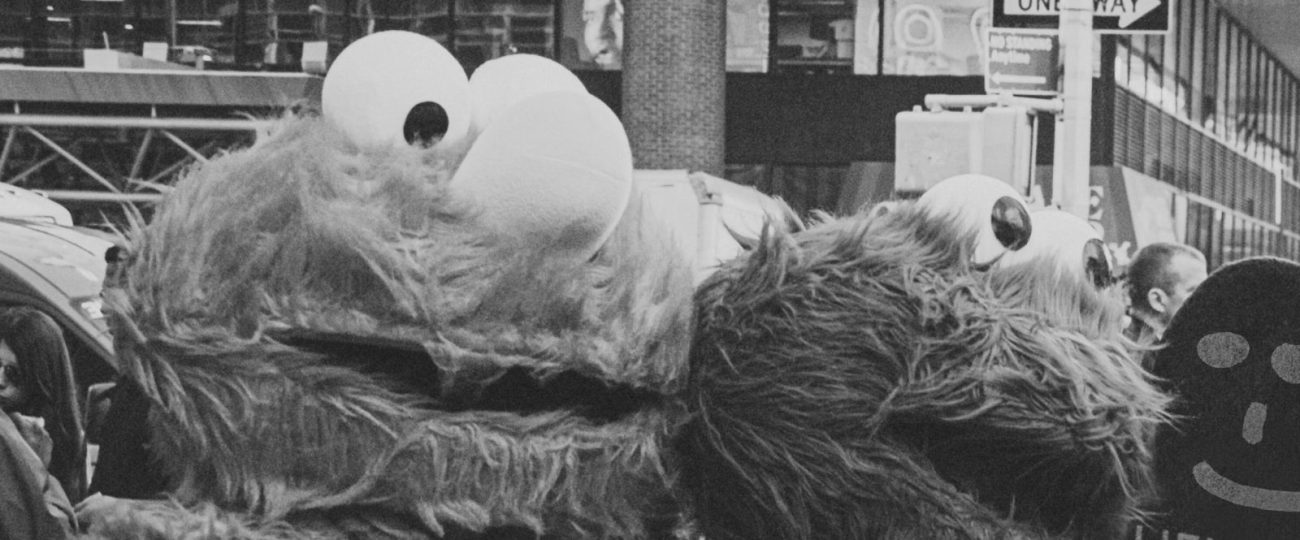What Happened On November 10th?
On November 10, 1969, “Sesame Street” debuted, instantly transforming children’s television with its unique mix of animation, puppetry, and live-action scenes. Designed by Joan Ganz Cooney and Lloyd Morrisett, the show aimed to close the educational gap for children from low-income families. Their collaboration with psychologist Gerald Lesser helped them integrate educational principles directly into each segment, making “Sesame Street” one of the first shows developed around meticulous research on childhood learning.
The inaugural episode introduced a range of characters who quickly became household names. The show brought Jim Henson’s Muppets to life, each character crafted to embody diverse personalities and emotions that children could easily identify with. Oscar the Grouch taught kids about expressing frustration, while Big Bird represented the curiosity of youth. Henson remarked that characters like Grover helped children learn resilience and optimism through humorous but sometimes challenging situations, a trait that endeared Grover to children and parents alike.
“Sesame Street” consciously reflected the diversity of American society, something seldom seen on television at that time. The creators wanted children to see characters who looked and sounded like people in their own neighborhoods. Cast members like Sonia Manzano (Maria) and Emilio Delgado (Luis) introduced Hispanic culture and language, while Linda Bove, who portrayed Linda the librarian, helped teach children American Sign Language. The writers and producers paid attention to these details, believing that familiarity would help children feel represented and valued in society.
The creative team integrated songs and sketches to teach children basic academic skills and social values. “C is for Cookie” quickly became a hit, bringing humor to the topic of nutrition with Cookie Monster’s insatiable appetite. In the early 2000s, the show subtly shifted its narrative to address the rising issue of childhood obesity by teaching Cookie Monster about “sometimes” foods versus “anytime” foods. This change mirrored Sesame Workshop’s mission to adapt the show’s educational focus to pressing societal concerns, ensuring its relevance for each generation of viewers.
Celebrity guest appearances added to the show’s appeal, making learning engaging through music, art, and cultural references. Jazz legends like Dizzy Gillespie played on the show, exposing children to the rhythm and creativity of jazz music. In another memorable segment, Johnny Cash sang with Big Bird, bringing country music into the Sesame Street family. These segments underscored the idea that education could exist harmoniously with entertainment, bridging the gap between childhood learning and broader cultural experiences.
“Sesame Street” extended its reach through international adaptations, each version tailored to local cultures and issues. In Israel, the creators introduced a Jewish-Israeli character and an Arab-Israeli character to promote understanding between communities. The South African version included a character with HIV, teaching children about health, compassion, and reducing stigma in a country grappling with high HIV rates. These adaptations illustrated the program’s flexibility and commitment to addressing complex social challenges in child-appropriate ways, showcasing its versatility far beyond American borders.
The show’s approach to tackling sensitive topics set new standards in children’s media. When actor Will Lee (Mr. Hooper) passed away, the creators made the decision to address his character’s death directly. In a special episode, Big Bird learned about death in a way that allowed children to process grief and loss. This episode became one of television’s most celebrated moments for how it approached difficult topics with sensitivity, ensuring children understood loss within a supportive narrative.
As “Sesame Street” evolved, so did its format and focus. Recognizing changing viewer habits, the show shortened its episodes to retain children’s attention in an era of increasingly fast-paced media. The classic hour-long episodes became 30-minute segments, structured to ensure children stayed engaged. The shift illustrated how “Sesame Street” adapted not only its content but also its form to maintain effectiveness as an educational tool, without compromising the quality of its content.
Although initially funded by grants from the Carnegie Corporation and the Ford Foundation, Elmo dolls and other character products contributed millions of dollars, allowing Sesame Workshop to keep the show accessible on public television. This hybrid model of funding set a precedent in educational programming, balancing commercial success with a commitment to social good.
Through the decades, “Sesame Street” remained a dynamic force in children’s television. It incorporated elements from popular culture, such as parodies of well-known movies and shows like “Star Wars” and “Game of Thrones.” These segments entertained children while subtly engaging parents, making “Sesame Street” a rare show that appealed across generations. Its educational approach and adaptability helped it stay relevant as other children’s programs emerged, each inspired by the path it had carved in the world of educational entertainment.
“Sesame Street’s” street set itself became a landmark, with brownstone buildings and the iconic green-and-white sign. These visuals embedded a sense of neighborhood and community into the show’s identity, a concept that remained central to its themes. Today, the fictional Sesame Street remains one of the most recognizable sets on television, symbolizing community, resilience, and learning through diverse life experiences.





